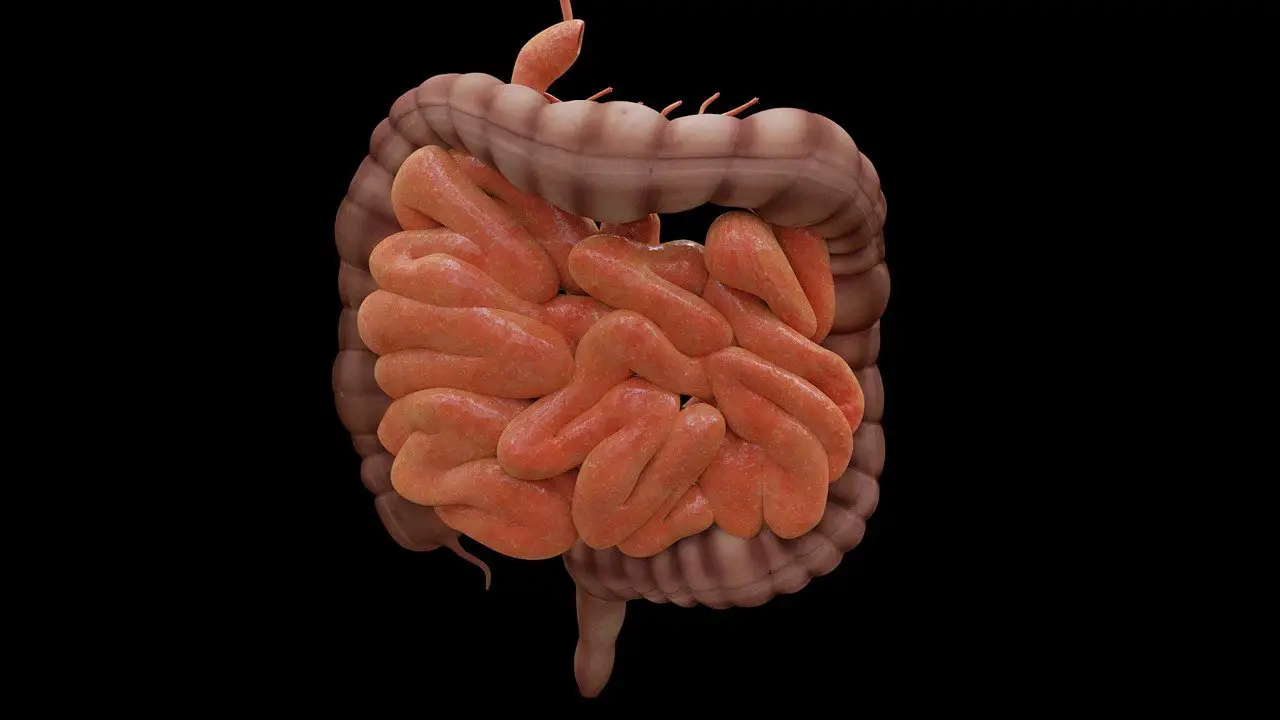
Barium slinging not too long ago was representative of the world of radiology. Now it seems, we relegate it to a tiny part. (1) When I started, I remember having many fluoroscopy days filled with double-contrast barium enemas, upper GI series, small bowel series, and esophagrams. Today’s barium work has changed radically, at least in our institution. It is exceedingly rare to catch a resident performing a barium enema. We complete a few daily upper GI series and esophagrams, but not nearly as many as when I was a resident. And, we seem to do bariatric post-intervention studies by the dozens (I remember only doing a few during my residency!). I am also sure the mix of studies has changed radically at many other institutions, not just mine.
Although the fluoroscopic exam mix has changed over the years, we think of a GI day as more service-oriented than educational. Some residents may go as far as to say it is a waste of time. Here is my goal for today: to show you why barium slinging is not just a scut activity but also an essential part of a radiology resident’s education.
Direct Contact With Technology And Patients
Much of radiology brings the radiology resident further away from patient contact than ever before. CT scans and plains films most times have become an almost independent activity. On the other hand, barium slinging is one of a few modalities (like mammography and interventional radiology) that keep the resident in the clinical realm, a critical skill for a future radiology practice. You need to tailor the examination to history and think on the fly. These are invaluable skills that serve the resident for years to come.
Also, you need to keep the patient reasonably happy and comfortable during the examination, both mentally and physically. Keeping patients engaged is a crucial characteristic to learn for getting informed consent and doing more complex procedures. Moreover, you can learn these skills under relatively benign conditions. (Complications from a barium study are infrequent!)
Closer Contact With The Referring Physicians
Before the days of PACS, clinicians would regularly return to our department to go over films. Now a clinician sighting is much rarer. In the realm of barium slinging, you are much more likely to interact with your referring physicians. The clinician often needs a particular question answered, and you need to respond to it rapidly. Perhaps, they need to know if there is a leak or small bowel obstruction. Regardless, you have to deal with the heated interactions that often come along with barium studies. Without barium slinging, it is possible to lose sight of who looks at our reports!
Additionally, these interactions prepare residents for calls. Having a surgical team come down to review a STAT study occurs fairly regularly at nighttime. When a first-year resident works in fluoroscopy during the daytime, they often come in direct contact with the ordering physician since they order these examinations STAT. For instance, esophagrams for foreign bodies, bariatric postoperative patients for GI leaks, and esophagrams for pneumomediastinum need immediate attention. Additionally, these studies require direct communication with the ordering physician’s team. How to relay this information to a rushed team or an angry surgeon quickly and transparently is a critical skill.
And finally, some clinicians ask for barium studies without realizing what they are ordering. They often ask for an upper GI series when what they want is a small bowel series. These subtleties allow the resident to learn when to call the physician to clarify the point of the study. Also, they discover how to tailor the procedure tailored to the history.
Developing Radiological Hand-Eye Coordination
When you start, “barium slinging” is a tremendous first rotation to learn how to position patients while holding on to a tower and snapping pictures. You are using your eyes, hands, and perhaps feet to get the correct images. Committing to fluoroscopy early in residency is a significant first step to learning more complicated interventional procedures later in residency. These principles are the same and build on what a resident knows during those first few fluoroscopy rotations.
Managing And Learning About Radiation
Today there is an enormous public outcry to decrease patient radiation dosage. Techniques such as intermittent fluoroscopy and last image hold are integral parts of managing patient radiation exposure. What better place than fluoroscopy to learn this? Just as importantly, fluoroscopy reinforces the physics studying for the core examination. There is nothing better for education than when the theoretical meets the practical.
Barium Work Is Not Sexy- But It Is Important!
Barium work is the stepchild of the radiology department. It commands little respect and is not as sexy as many newer “more exciting” modalities. Yet, it remains an integral part of the radiology resident’s education. For those who say there is no educational value in barium slinging, take a look at this article!!!






